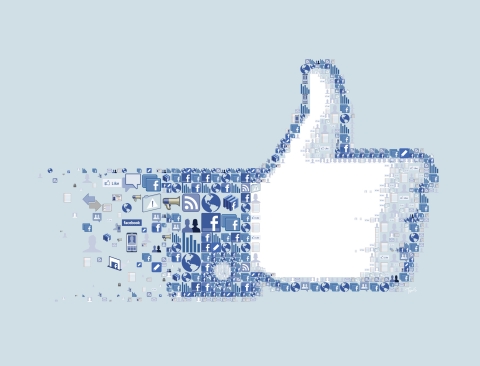
Sonya Song made this study of how people read news online a focus of both her current fellowship with Harvard’s Berkman Center for Internet & Society and her previous Knight-Mozilla OpenNews Fellowship.
In the Q&A below, Song talks about the ethics of gathering social data, how she got started in digital media, and what she covered as a guest trainer at last week's Hacks/Hackers Media Innovation Bootcamp in Lima, Peru.
Q: What experience have you had in digital media?
I started with computer science and developed some interest in media, so I became a reporter covering technology and business news. Then I went to journalism school and entered a doctoral program in media economics, which covers other disciplines such as psychology, marketing and advertising. I realized I could use my knowledge to research readers’ preferences and reactions to news, so that’s why I applied to the [Knight Mozilla] OpenNews Fellowship in 2013.
Right now, I’m a Berkman Fellow at Harvard so I’m still studying how people use the Internet and read news online.
Q: What did you talk about at the Hacks/Hackers Bootcamp in Peru?
I’ve developed some insights from data I got from the Boston Globe and PBS Newshour. When I was an OpenNews Fellow, I was interested in what news was most widely read and shared, and trying to understand why. That is what I wanted to offer to the bootcamp.

Q: Do you have an example of these insights?
Before, when people talked about digital news, they thought it was just a “soft copy” of the news. You publish it on your website and later share it on Facebook and you don’t need to do extra work. We realized that wasn’t true. You can put more illustrations on it, you can give it a more interesting lede to attract attention. You hope people will click the link, read the full story and click some advertising.
When I was studying PBS Newshour’s data, I found that they share a lot of videos. When they shared [videos] last year, they said “in case you missed this weekend’s episode, here’s the full program.” I looked at the click rate and people barely clicked it.
Other news providers chop up their programs into one, two, three-minute long clips. If you share the [full] news hour on Facebook, people don’t want to watch it. CNN, Fox News and Al Jazeera share a lot of short clips. There’s an inverse relationship between video length and people’s engagement.
Q: What are some of the biggest issues facing digital newsrooms?
To me, the next step is to learn about user data and set up some ethics -- what we can collect and what we shouldn’t, what we can reveal and what we shouldn’t. Before, editors and reporters were led by their readers’ preferences. Now it’s a multiple-sided environment.
The challenge is how you take advantage of [user] data, and avoid abusing and misusing it. On Facebook, if you want to get attention, you can make it very sensational. But does it do any good, does it make any civic impact?
Other large [websites] should take more social responsibility because their algorithms determine what people see. On Twitter, you can turn the personalized function on and off, but Facebook claims that the more you interact with a news page, the more news you see from that page. It creates a bubble for individual readers. Should Facebook try to offer important news to educate people and improve society?
Click here for more on Media Factory bootcamps in Argentina, Chile, Peru, Brazil, Mexico and Colombia. This interview has been condensed and edited. Main image CC-licensed via Flickr by Charls Tsevls.